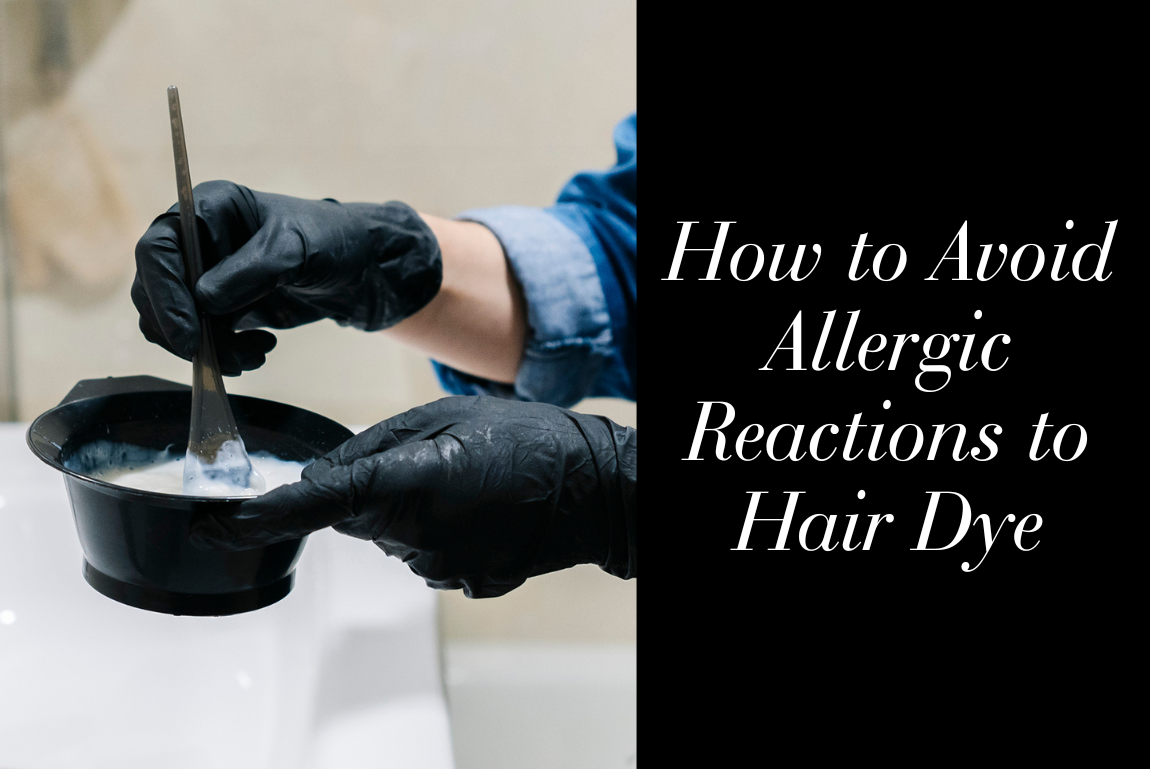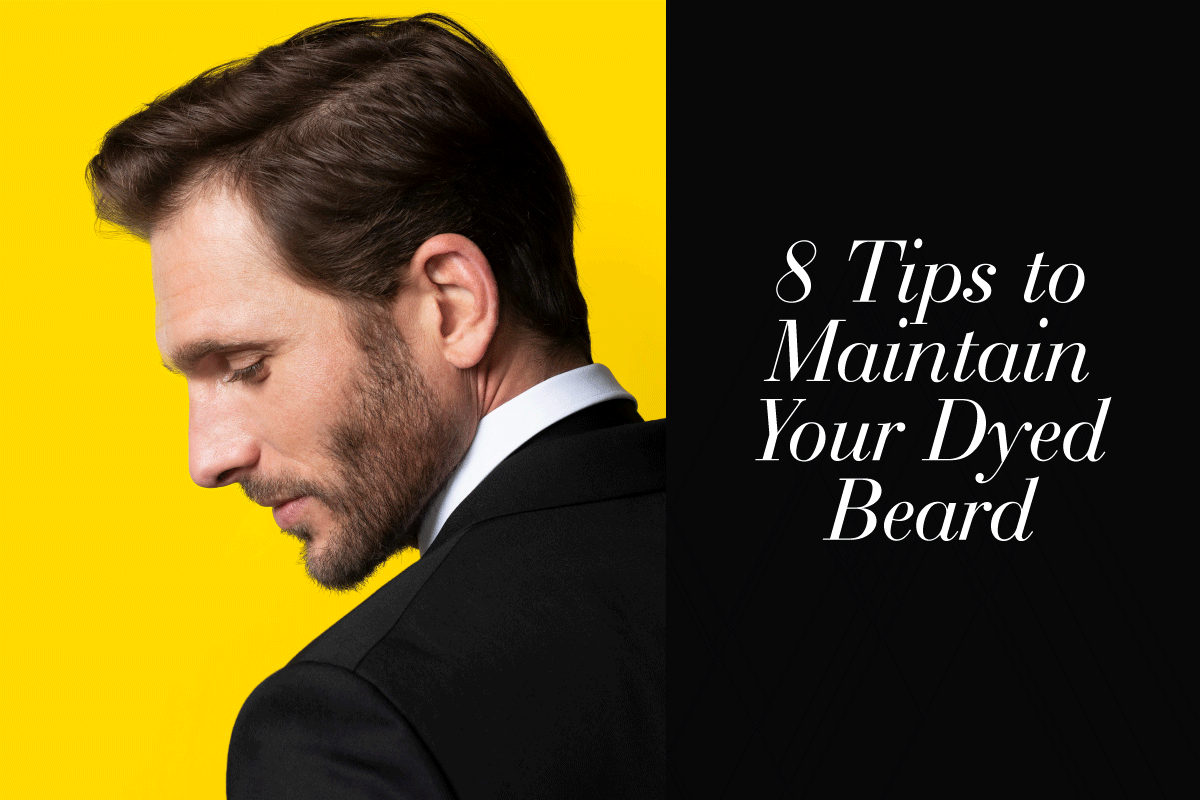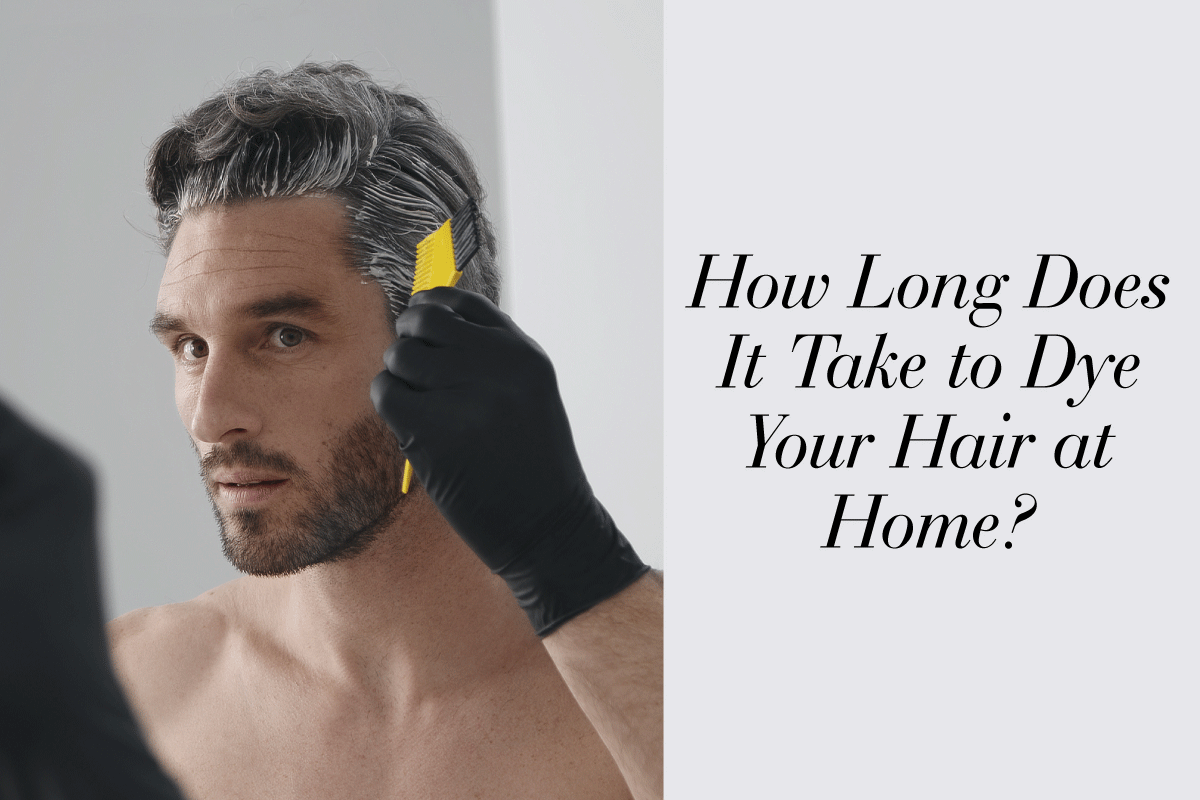How to Avoid Allergic Reactions to Hair Dye

Understanding allergic reactions to hair dye
For many men, achieving the perfect hair color is a key part of their grooming routine. However, the excitement of a fresh new look can be dampened by an unexpected allergic reaction. This can manifest as itching, redness, or even severe discomfort. Understanding how to prevent and manage these reactions is crucial for a safe and satisfying dyeing experience.
Why do allergic reactions happen?
Allergic reactions to male hair dye are usually caused by specific ingredients commonly found in these products. The main culprit is p-phenylenediamine (PPD), a chemical used in permanent and semi-permanent hair dyes to achieve long-lasting color. Other ingredients like ammonia and peroxide can also trigger reactions. While these ingredients are effective in hair dye for men, they can be harsh on sensitive skin, leading to contact dermatitis or, in rare cases, more severe reactions.
How to minimize the risk of allergic reactions
1. Perform a patch test
One of the most important steps before using any hair dye is to perform a patch test. This involves applying a small amount of the dye mixture to a discrete area of skin, such as behind the ear or on the inner elbow. Leave it for 48 hours to observe any adverse reactions. If you experience itching, redness, or swelling, it’s a sign that you may be allergic to the dye.
2. Choose the right hair dye
Opt for hair dyes that are specifically labeled as hypoallergenic or dermatologically tested. These products are formulated to minimize the risk of allergic reactions. Cleverman, for instance, offers a range of custom hair dye kits that exclude common irritants like ammonia, making them a safer choice for sensitive skin.
3. Check ingredients carefully
Always read the ingredient list on hair dye packaging. If you know you’re allergic to specific chemicals, make sure they’re not present in the product you choose. Look for natural or organic alternatives that use plant-based dyes, though they may not last as long as synthetic options.
What to do if you experience a reaction
If you start feeling discomfort during or after applying hair dye, rinse it out immediately with lukewarm water. Avoid using hot water, as it can exacerbate the reaction. Apply a soothing lotion or cream to the affected area, and consider taking an antihistamine to alleviate itching and swelling. If symptoms persist or worsen, seek medical attention promptly.
3 tips for dyeing hair safely
To further reduce the risk of allergic reactions, follow these expert tips from Cleverman’s Senior Colorist, Jorge Buccio:
1. Do not dye over irritated skin
If you have cuts, abrasions, or any existing skin conditions like eczema or psoriasis on your scalp, avoid dyeing your hair until these have healed completely. Dyeing over irritated skin increases the likelihood of a reaction.
2. Consult a professional
If you’ve had allergic reactions in the past, consider consulting a dermatologist before using any hair dye. They can provide personalized advice and recommend safer products.
Better hair begins with safe products
Allergic reactions to hair dye can be uncomfortable and inconvenient, but they are often preventable. By choosing high-quality, customized products like Cleverman’s hair dye kits and following proper precautions, you can achieve the perfect color without compromising your skin’s health. Remember, your hair journey should be as safe as it is stylish.



